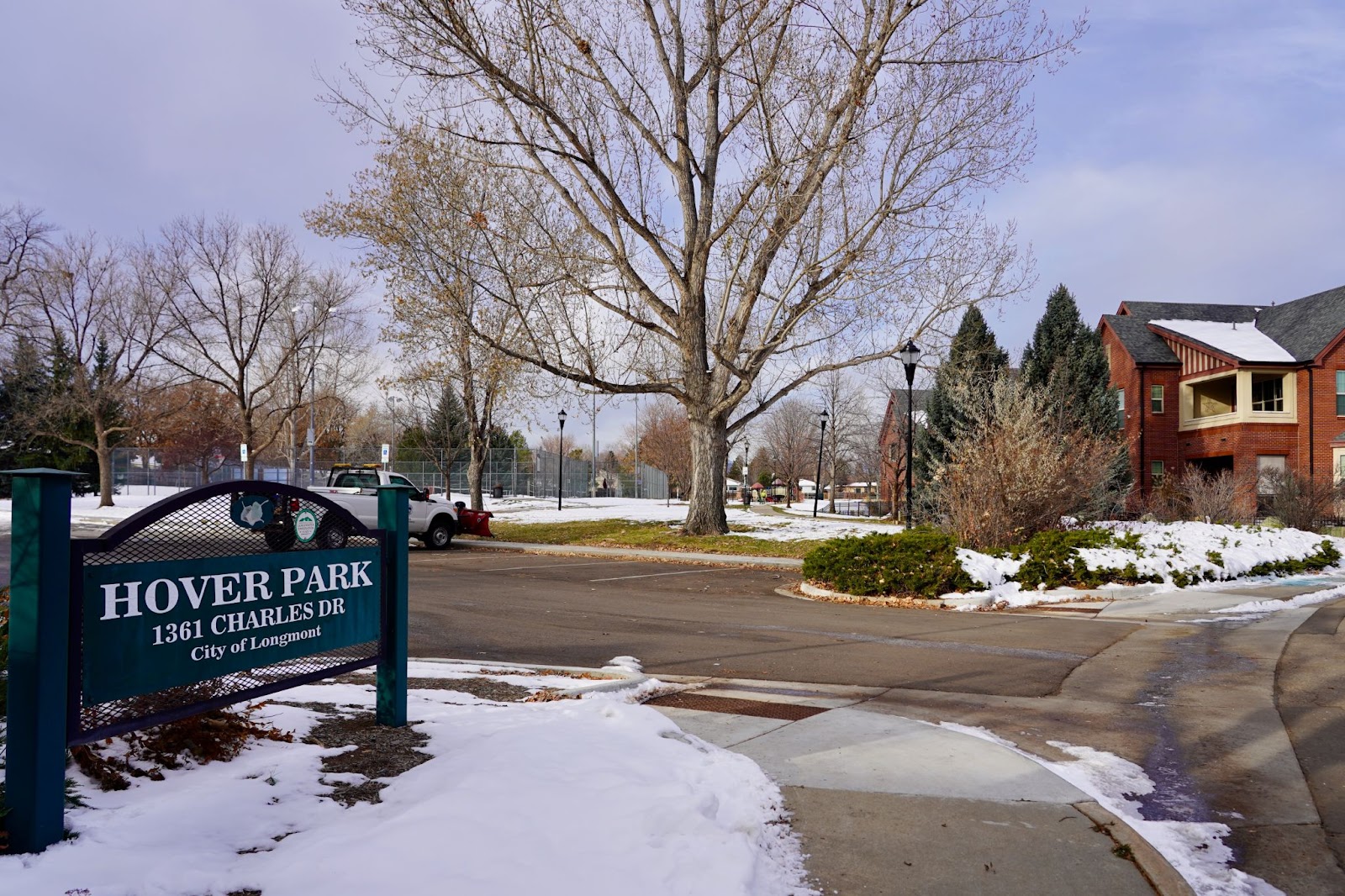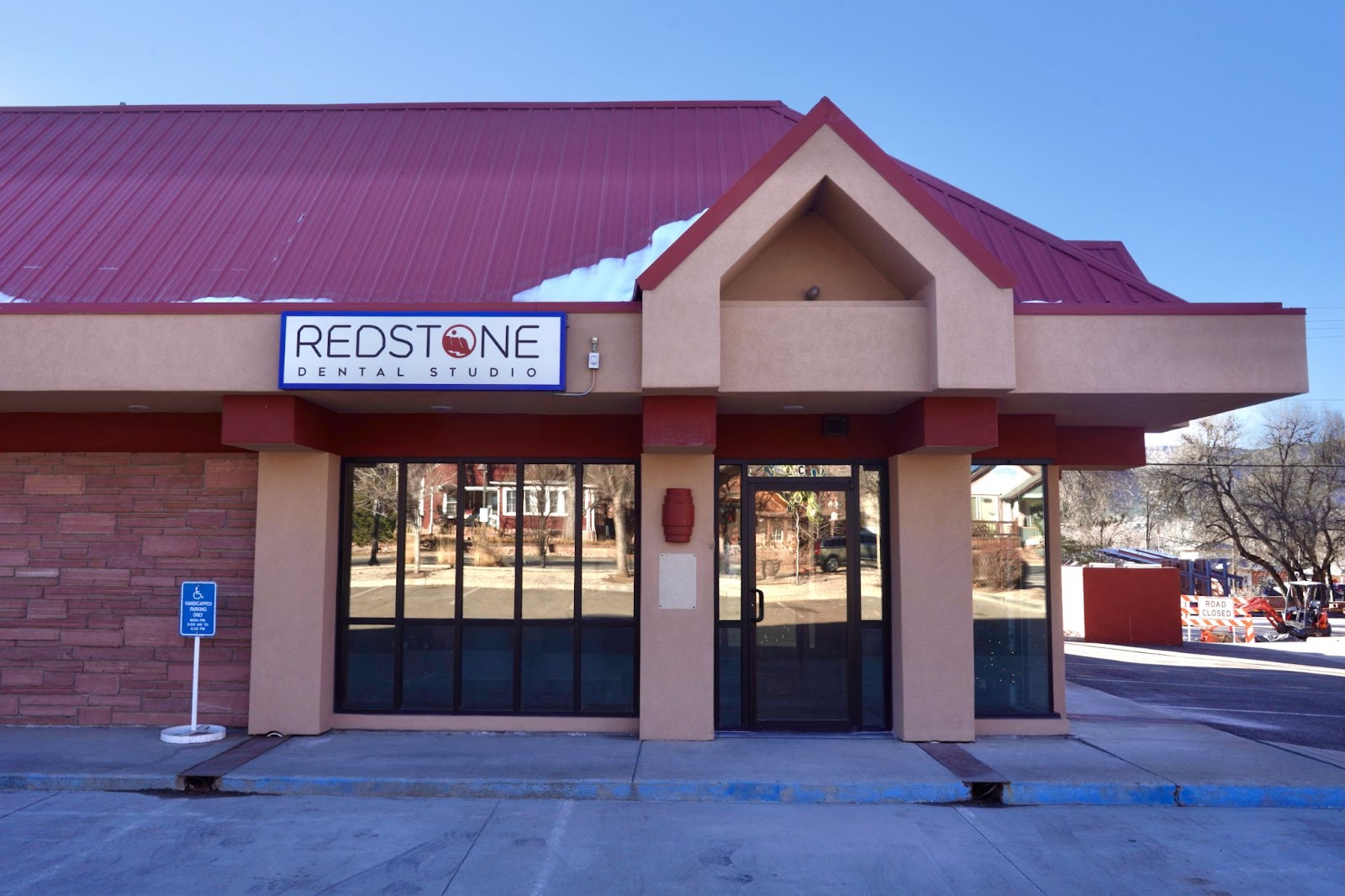|
Insurance plan provider networks are a key health care resource, since patients use the directories to find in-network providers and facilities, while health care professionals depend on the lists for new patients, income, and reimbursement rate negotiations. But as Helen Santoro reveals in today’s featured story, insurers’ network lists are riddled with inaccuracies — and some of the providers listed don’t seem to exist at all. The Lever holds the powerful accountable through reader-supported investigative journalism that corporate media will not undertake. Join in our mission by becoming a paid supporting subscriber, and get great perks in return. Rock the boat.
The Case Of The Missing Health Care Providers
By Helen Santoro
 Southwest Georgia Regional Medical Center in Cuthbert, GA, closed in 2020. (AP Photo/Jeff Amy) [View in browser]
For the past 24 years, Sarah has operated a physical therapy clinic in a small town in Boulder County, Colorado. Her clinic is in-network with health insurance giant UnitedHealthcare, though Sarah’s reimbursement rate paid by the insurer for each patient visit has not increased once over the past quarter century. Meanwhile, the cost of running a business has skyrocketed. Earlier this year, Sarah, who requested anonymity for fear of retaliation, asked the insurer for a raise. She was told there are plenty of in-network physical therapists in the area and therefore there’s no need for UnitedHealthcare (UHC) to increase her reimbursement rate. In an email, her contract manager told her that the insurer’s Boulder County outpatient therapy network “is robust and capable of handling therapy care needs of our UHC patient population” and that “we are under tremendous…pressures not to increase market rates in counties such as Boulder and surrounding areas when we do not have access to care concerns/needs.” This sounded dubious to Sarah, who is the closest in-network physical therapist for people in many of the surrounding rural mountain towns, so she decided to examine UHC’s local directory of in-network providers.  A physical therapy room at Sarah’s clinic in Boulder County, Colo. (Helen Santoro / The Lever) “I just started looking at the list and was like, wow, number one is false, number two is false,” said Sarah. “It just pissed me off.” A Lever analysis of the UnitedHealthcare online directory of in-network physical therapists in Boulder County found that more than a quarter of the providers listed either do not provide physical therapy, are out-of-network, or don’t seem to currently exist at all. Other research suggests the issue of inaccurate health insurer provider lists extends far beyond this particular Boulder County directory. After multiple requests, UHC did not provide a comment. All health plans have a list of providers and facilities that the insurer covers, known as a provider network. In exchange for their inclusion in the network, providers and facilities agree to deliver care at a negotiated rate, thereby largely allowing insurers to control costs. A network is considered inadequate if it does not have enough providers that enrollees can access within a timely manner, thus forcing people to visit more expensive out-of-network doctors or travel long distances for care. However, there is no national standard for network adequacy in Medicare, Medicaid, Affordable Care Act marketplace plans, and employer-sponsored health plans. The evaluation of health plans’ network adequacy also depends on data from provider directories — which, as Sarah found, appears to be woefully inaccurate. These inaccuracies prevent patients from finding affordable in-network care, potentially leading to delayed treatments and worse health outcomes. Despite these errors, insurers appear to use these in-network lists to block providers’ requests for higher reimbursement rates. Inaccurate directories can also hurt providers who depend on the lists for new patients and income — though there’s little data on how much directories impact providers’ businesses or reimbursement rates. “They just lie,” said Sarah. “Who is overseeing them? How are they able to get away with this?”

|
Hold Them Accountable With A Donation
|
Give a one-time donation in any amount to fund The Lever‘s mission to hold the powerful accountable through reader-supported investigative journalism. Every cent helps. |
|
|
Ghost NetworksIn UnitedHealthcare’s online directory of in-network physical therapists, there are 63 clinics listed within Boulder County, which includes the cities of Boulder, Longmont, Louisville, and Lafayette. The Lever analyzed the list and found that 16 clinics either do not provide physical therapy, are out-of-network, or don’t seem to exist — amounting to just over 25 percent of the clinics listed. One address in Longmont is for a strip mall with a chiropractor, optometrist, family medical practice, and sandwich shop — but no physical therapist. Another is located in a senior living community. One listing leads you to a residential mobile home park in Boulder. Additionally, many of the actual in-network physical therapy clinics are listed under the wrong name or do not have an updated address. Some of these clinics are listed multiple times under slightly different names.  A false address for a physical therapy clinic in Boulder County, Colo. (Helen Santoro / The Lever) In Sarah’s town, there are three physical therapy clinics listed, but only one — Sarah’s clinic — is in-network with UnitedHealthcare. One of the locations is a physical therapist who does not take insurance. The other is a dentist in a shopping plaza. Previously, the building was a primary care clinic, which closed in 2017. In the decades that Sarah has worked in the area, she has never seen a physical therapist operate in the plaza.  A dentist’s office in Boulder County, Colo., listed as a physical therapy center on UnitedHealthcare’s provider directory. (Helen Santoro / The Lever) Along with potentially impacting her reimbursement rate from UnitedHealthcare, Sarah worries these inaccuracies impact the stream of new patients into her clinic. Kurt LeVan, a contract manager at Optum, a healthcare services provider that’s a subsidiary of UnitedHealthcare, wrote to Sarah in an email this September, explaining that there were many other providers in the area. “I understand the market, the healthcare environment very well, I’m very versed in my territories I manage.” Chris Edmundson, a physical therapist in Colorado who has been practicing for 20 years, frequently hears from clinics that are struggling with poor reimbursement rates. In Edmundson’s experience, insurers frequently point to their allegedly abundant network directories as the reason they will not increase their rates — or will not give a provider a health insurance contract. “There were several [insurers] who said they were not even going to extend a contract to me because they have plenty of providers,” said Edmundson. “Consequently, you agree to a subpar contract and realize later, ‘Oh wow, we can’t survive like this.’ But you’re in a situation where you don’t want to stop serving your community.” Physical therapists are far from the only health care field that appears to be plagued by erroneous provider directories. 💡 Follow us on Apple News and Google News to make sure you see our stories first, and to help make sure others see our breaking news as well. The United States Government Accountability Office, a nonpartisan agency that investigates federal spending and performance, found that people with mental health care coverage are experiencing challenges finding in-network providers in large part because of inaccurate or out-of-date provider directories. The authors note the issue of “ghost networks” — providers who are listed as in-network but are either not taking new patients or not actually in the enrollee’s network. A review of Medicare Advantage online provider directories by the Centers for Medicare and Medicaid Services (CMS) resulted in similarly concerning findings: Almost half of provider locations listed had at least one inaccuracy, a problem that was the subject of a senate investigation this year.  Sarah looks through UnitedHealthcare’s provider directory of physical therapists in Boulder County, Colo. (Helen Santoro / The Lever) In a 2023 analysis, researchers surveyed nearly 450,000 physicians in the Medicare provider database that appeared in online physician directories for UnitedHealth, Elevance, Cigna, Aetna, and Humana. They found that only 19 percent had consistent addresses and specialty information across all the directories in which they were found. There is growing outcry over how inaccurate provider directories impact patients. A national survey found that 53 percent of patients on private insurance who used a provider directory to find a mental health provider, for example, encountered inaccuracies. Those who came across these directory inaccuracies were more likely to be treated by an out-of-network provider than other patients, and were four times more likely to receive a surprise out-of-network bill. “Inaccurate directories shift the responsibility onto patients to locate a plan’s network or pay for out-of-network care,” Jack Resneck, former president of the American Medical Association, a lobbying group for physicians and medical students, told the U.S. Senate Finance Committee this May. “Patients are financially impacted and may be prevented from receiving timely care. Moreover, in the long run, continuing to allow inaccuracies makes it easier for plans to fail to build networks that are adequate and responsive to enrollees’ needs.” Regarding providers, a survey found that physician practices nationwide spend $2.76 billion each year on directory maintenance.  Sarah performs therapy at her clinic in Boulder County, Colo. (Helen Santoro / The Lever) “They’re Using A List That Is Inadequate”There is no national standard for what constitutes a sufficient provider network. What’s more, enforcement of such standards varies across states and insurance types. Starting in the 2023 health plan year for marketplace plans, CMS insurer guidelines say that at least 90 percent of enrollees must live within a certain distance of at least one provider that offers primary care or specialties like cardiology and emergency medicine. CMS also proposed setting maximum appointment wait times for primary care, behavioral health, and non-urgent specialty care. Additionally, the federal No Surprises Act, which went into effect January 2022, is meant to protect people on individual and employer-sponsored health plans from unexpected medical bills. Many of these surprise bills result from patients receiving out-of-network emergency services, including air ambulances, or care from out-of-network providers at in-network facilities. People can also receive a surprise invoice after seeing an out-of-network provider who is inaccurately listed as in-network on their health plan’s provider directory. Consequently, the act requires health plans to verify and update provider directory information at least every 90 days, update provider information within two business days of receiving information from a health care professional, and respond to requests about the network status of a provider within one business day. Regardless of these steps, provider directories are still riddled with inaccuracies, and providers like Sarah are suffering the consequences. “They’re using a list that is inadequate to justify their reimbursement rate. To not get a raise in 25 years is ludicrous.” said Sarah. “They’re denying me the ability to be profitable.”
Help us spread the word! Please forward this email to family and friends. Was this email forwarded to you? Sign up for free to receive original reporting like this in your inbox every day.
|


